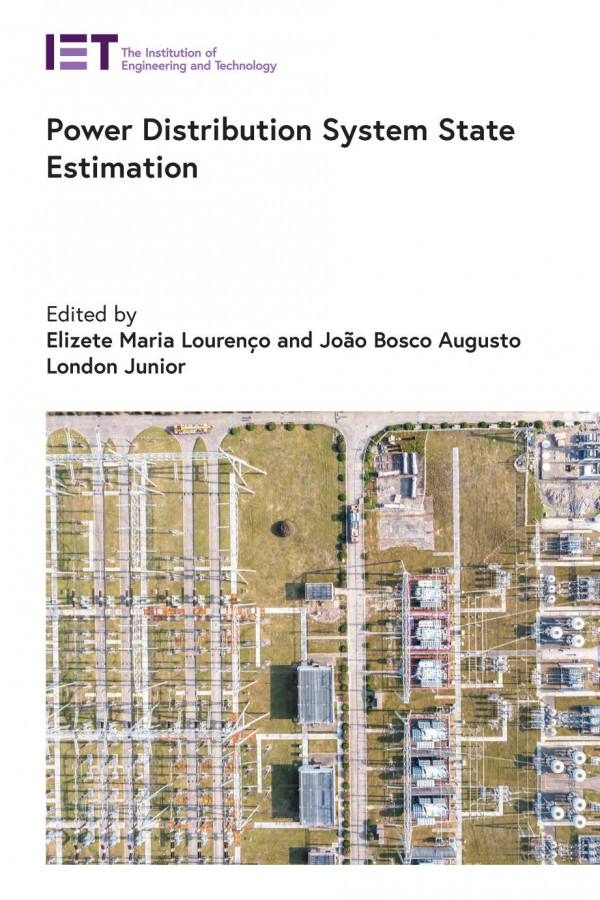

Most ebook files are in PDF format, so you can easily read them using various software such as Foxit Reader or directly on the Google Chrome browser.
Some ebook files are released by publishers in other formats such as .awz, .mobi, .epub, .fb2, etc. You may need to install specific software to read these formats on mobile/PC, such as Calibre.
Please read the tutorial at this link: https://ebookbell.com/faq
We offer FREE conversion to the popular formats you request; however, this may take some time. Therefore, right after payment, please email us, and we will try to provide the service as quickly as possible.
For some exceptional file formats or broken links (if any), please refrain from opening any disputes. Instead, email us first, and we will try to assist within a maximum of 6 hours.
EbookBell Team

5.0
68 reviewsState estimation is a key function for real-time operation and control of electrical power systems since its role is to provide a complete, coherent, and reliable network real-time model used to set up other real-time operation and control functions. In recent years it has extended its applications to monitoring active distribution networks with distributed energy resources. The inputs of a conventional state estimator are a redundant collection of real-time measurement, load and production forecasts and a mathematical model that relates these measurements to the complex nodal voltages, which are taken as the state variables of the system. The goal of state estimation is to adjust models so that they are closer to observed values and deliver better forecasts. In power systems, this is key to maintaining power quality and operating generation and storage units well.
This book, written by international authors from industry and universities, systematically addresses state estimation in power distribution systems. Chapters convey techniques for distribution system state estimation, such as classical methods, three-phase network modelling, power flow calculation, fast decoupled approaches and their new application via complex per unit normalization, the Bayesian method, and multiarea state estimation. Also, synchronized and non-synchronized measurements with different sample rates, real-time monitoring, and practical experiences of distribution state estimation are covered.
Researchers involved with electrical power and electrical distribution systems, professionals working in utilities, advanced students and PhD students will find this work essential reading.